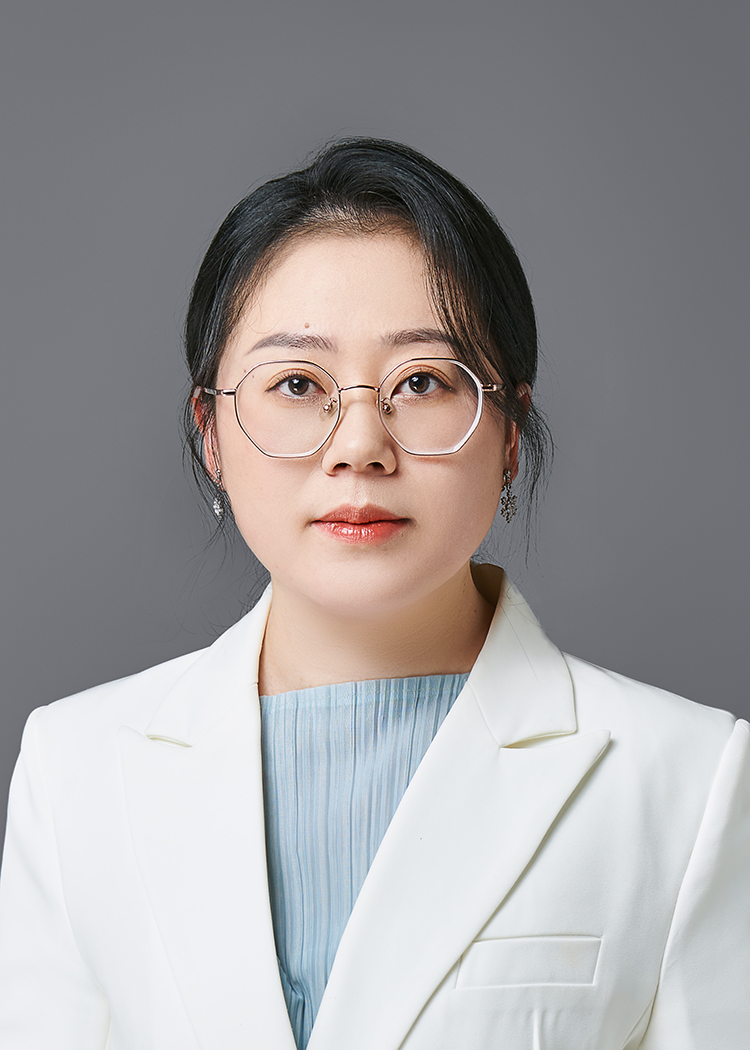Women’s Special Issue Series: Recent Advances in Molecular Crystal Materials
A special issue of International Journal of Molecular Sciences (ISSN 1422-0067). This special issue belongs to the section "Materials Science".
Deadline for manuscript submissions: 20 June 2024 | Viewed by 3095
Special Issue Editors
Interests: smart materials; surface and interface science; composites; self-assembly; sensors; pulsed electric field technique; electromagnetic functional material
Special Issues, Collections and Topics in MDPI journals
Special Issue Information
Dear Colleagues,
As a female scientist, I know that it is harder for woman to conduct scientific research. However, both men and women have their own unique skills and can become excellent researchers. Scientific research requires men and women to participate together. However, according to UNESCO's latest report, there are fewer woman in science-related fields. One-third of global science researchers are women, and the gender gap is wider at higher levels. The international community has encouraged women and girls to participate in science and has established the “International Day of Women and Girls in Science”. To encourage more women to join and take an interest in science, International Journal of Molecular Sciences is launching a Special Issue titled: “Women’s Special Issue Series: Recent Advances in Molecular Crystal Materials”. This Special Issue is intended to provide an overview of some of the latest results and key findings in the field of molecular crystal materials. Articles for which the lead authors are women or those that are completely authored by women are encouraged. We welcome submissions from all authors, irrespective of gender.
Dr. Qingwei Liao
Dr. Xiuyu Wang
Guest Editors
Manuscript Submission Information
Manuscripts should be submitted online at www.mdpi.com by registering and logging in to this website. Once you are registered, click here to go to the submission form. Manuscripts can be submitted until the deadline. All submissions that pass pre-check are peer-reviewed. Accepted papers will be published continuously in the journal (as soon as accepted) and will be listed together on the special issue website. Research articles, review articles as well as short communications are invited. For planned papers, a title and short abstract (about 100 words) can be sent to the Editorial Office for announcement on this website.
Submitted manuscripts should not have been published previously, nor be under consideration for publication elsewhere (except conference proceedings papers). All manuscripts are thoroughly refereed through a single-blind peer-review process. A guide for authors and other relevant information for submission of manuscripts is available on the Instructions for Authors page. International Journal of Molecular Sciences is an international peer-reviewed open access semimonthly journal published by MDPI.
Please visit the Instructions for Authors page before submitting a manuscript. There is an Article Processing Charge (APC) for publication in this open access journal. For details about the APC please see here. Submitted papers should be well formatted and use good English. Authors may use MDPI's English editing service prior to publication or during author revisions.
Women’s Special Issue Series
This Special Issue is part of IJMS's Women’s Special Issue Series, hosted by women editors for women researchers. The Series advocates the advancement of women in science. We invite contributions to the Special Issue whose lead authors identify as women. The submission of articles with all-women authorship is especially encouraged. However, we do welcome articles from all authors, irrespective of gender.







